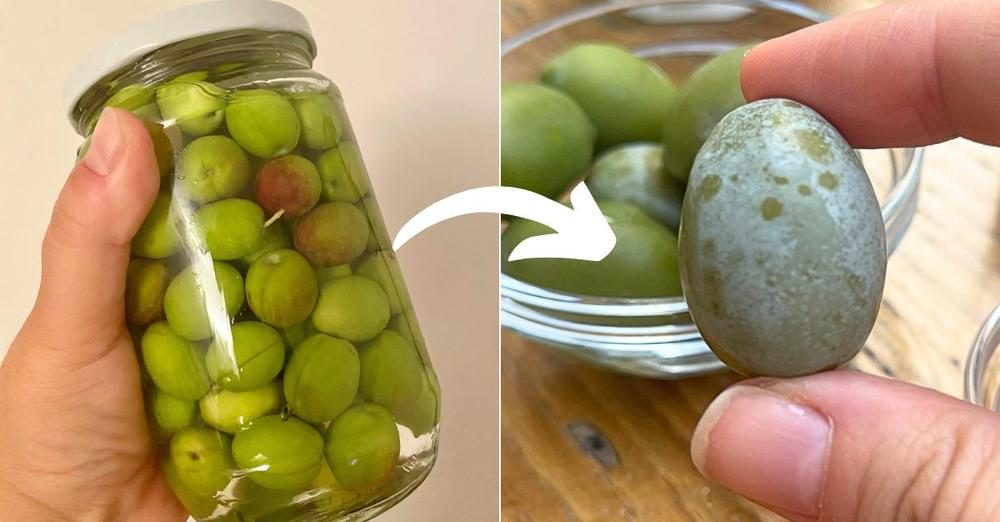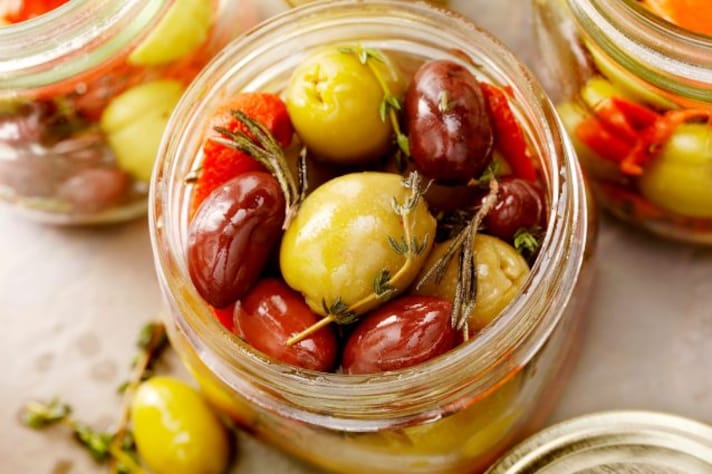What is That White Film on Olives and Deli Meat and Why Does it Develop?
If you love charcuterie boards then you have definitely must have noticed a white film on your olives or questioned the freshness of deli meats. Below, we take a closer look into the science behind that mysterious white residue on olives and offer insights on keeping your deli products fresh. Read on to discover how these everyday foods behave and what it means for your kitchen!
;Resize,width=742;)
When you open a jar of olives, you might spot a thin, white film on their surface. While it may look concerning, there’s no need to worry—this is actually a natural byproduct of fermentation. The white film is made up of harmless yeasts that develop during the brining process.
Olives are often preserved in a salty solution, which encourages fermentation. During this process, lactic acid bacteria break down sugars in the olives, producing acids that help preserve the fruit. Sometimes, yeasts also grow, leaving behind that thin, white film. This yeast is perfectly safe to eat and doesn’t affect the flavor or quality of the olives.
What Can You Do About It?
If the white film bothers you, it can be easily rinsed off with cold water. Some people prefer to rub the olives gently under running water to remove the yeast residue before serving. Storing the olives in the fridge after opening can also help slow the growth of yeasts, although refrigeration isn’t always necessary for all types of olives.

If you notice any unusual smells or discoloration, however, that’s a sign that the olives may have spoiled. In such cases, it’s best to discard them. But for most instances of white film, you’re dealing with a harmless side effect of nature’s fermentation process.
What About Deli Meats?
Deli meats like ham, turkey, and salami are convenient and versatile, but they come with a few storage considerations to ensure freshness and safety. When left exposed to air for too long, deli meats can develop a slimy texture or strange odor, signaling spoilage.
The white spots you may see on cured deli meats, such as salami, are often due to salt or fat crystallization. These crystals form when the meat is dry-cured, and they are completely normal. However, if your deli meat smells sour or has a sticky or slippery surface, it’s time to toss it.

How to Keep Deli Meats Fresh
Proper storage is key to maintaining the freshness of deli meats. Always keep them tightly wrapped in their original packaging or transfer them to an airtight container after opening. Store them in the coldest part of your refrigerator, ideally at 40°F (4°C) or below.
For sliced deli meats, aim to consume them within 3 to 5 days of opening. Whole cured meats, such as salami, can last a bit longer but should still be handled carefully. Wrapping them in parchment paper instead of plastic can also help them "breathe" and prevent excess moisture buildup, which can lead to sliminess.
;Resize,width=767;)

;Resize,width=712;)

